Why are membranes important for horse arenas?
Standing water in equestrian arenas can create mushy and slippery conditions, posing serious risks to both riders and horses. These wet areas can degrade the ride quality, leading to soft spots in the ground and potentially causing injuries. Moreover, excessive water can damage the underlying layers, compromising their ability to function properly. To prevent these issues, proper drainage and high-quality geotextile membranes must be installed. Without them, you might face costly repairs or even safety hazards down the line!
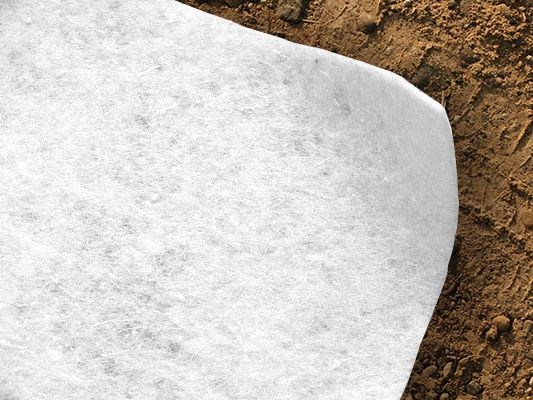
What are geotextile membranes?
In simple terms, geotextile membranes act as barriers that separate different types of aggregates, preventing them from mixing. For a horse arena, this means keeping the sand separate from the sub-layers below, ensuring the sand doesn't gradually disappear over time. There are various types of geotextile membranes. Non-woven membranes allow water to flow through easily and are typically placed under the sand but above the drainage pipes. On the other hand, woven membranes are less expensive but do not facilitate drainage. They're usually installed at the base layer since water is handled by the underground drainage system.
For more details on geotextile membranes, check out our blog post: Geotextile Membranes Explained.
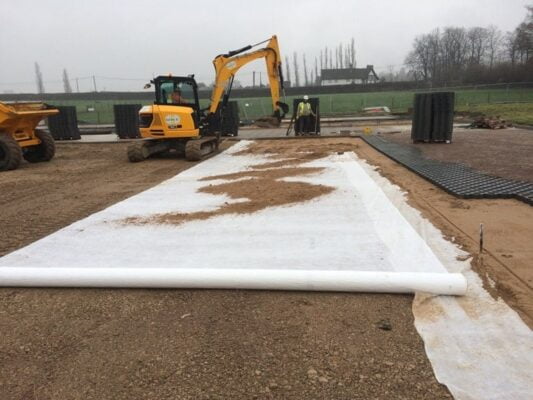
Which Membranes are available?
Geotextile membranes come in different brands, types, and weights. One of the most popular brands is Terram, but we also carry alternatives like the Lotrak brand. The color also varies—white usually indicates a non-woven membrane (allowing quick water passage), while black membranes are woven (water passes through more slowly). As for weight, membranes are measured in grams per square meter (GSM), with higher numbers indicating thicker, stronger membranes. A horse arena typically requires a minimum of 300GSM membrane due to the significant amount of traffic it will endure.
Generally, 100GSM is sufficient for temporary arenas, 200GSM for light-use arenas, 300GSM for medium-use arenas, and 500GSM for permanent, heavily used ones. When building a horse arena, it's common to use a black woven membrane for the base layer and a heavier white non-woven membrane for the upper layer where the sand sits.
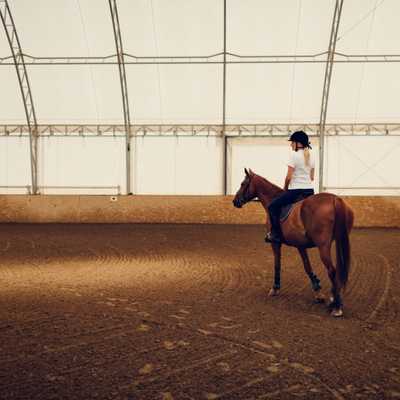
What do they do?
Primarily, geotextile membranes separate aggregates, prevent the loss of aggregates, stabilize the ground, and allow water to pass through without letting particles block the drainage system below. They’re an essential part of any horse arena construction because without them, the drainage will clog, the sand will become waterlogged, and eventually, it will start to disappear. This situation can be hazardous, creating pits and puddles that pose risks to both riders and horses. Ensuring good drainage is vital for maintaining a safe riding environment.
We often see customers trying to cut costs by purchasing the wrong or unsuitable membranes. For instance, some use black woven membranes for both layers or opt for a lightweight white non-woven membrane like the Terram T1000 for a permanent arena. While saving money initially might seem appealing, the consequences of installing incorrect membranes can be catastrophic. You might end up needing a complete arena replacement or, at best, replacing the membranes and aggregates after a short period. In extreme cases, improper installation could lead to lawsuits if accidents occur.
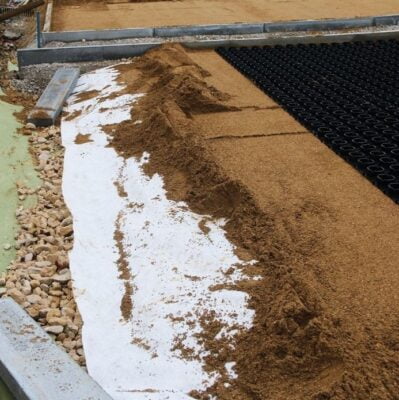
We’re always here to help answer any questions you may have about horse arena membranes. Don’t hesitate to reach out via phone or email if you’d like to discuss further!
Shop Membranes:
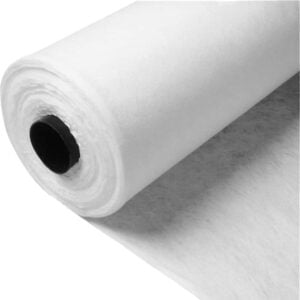
Terram T1000 Non Woven Geotextile Membrane – Custom Size
Low carbon USS flat washers, typically used with Grade 8 or hardened steel bolting, are used under bolt heads or nuts to increase the bearing surface area, or to offer protection so that the nut or bolt can be rotated without distortion of the bearing surface. Flat washers are also used to give tightness to a joint, to prevent leakage, and especially to distribute pressure under the head of a bolt or nut. Dimensional specifications are governed by ASME B18.21.1. USS (United States Standard) flat washers have a larger outer diameter than SAE (Society of Automotive Engineers) flat washers, and can be utilized in nearly any application. ASTM F844 covers the standard specifications for unhardened steel flat washers for general use. Available in zinc plated finish. Zinc plating sacrifices itself, corroding before the base material, offering added corrosion resistance.
If you need more information or want to order washers, please contact us.
Carbon Steel Gasket,Zinc Coated Washers,Galvanized Steel Washers,Galvanized Plate Washers
Taizhou Hongchuang Hardware Co., Ltd. , https://www.taizhouhongchuang.com